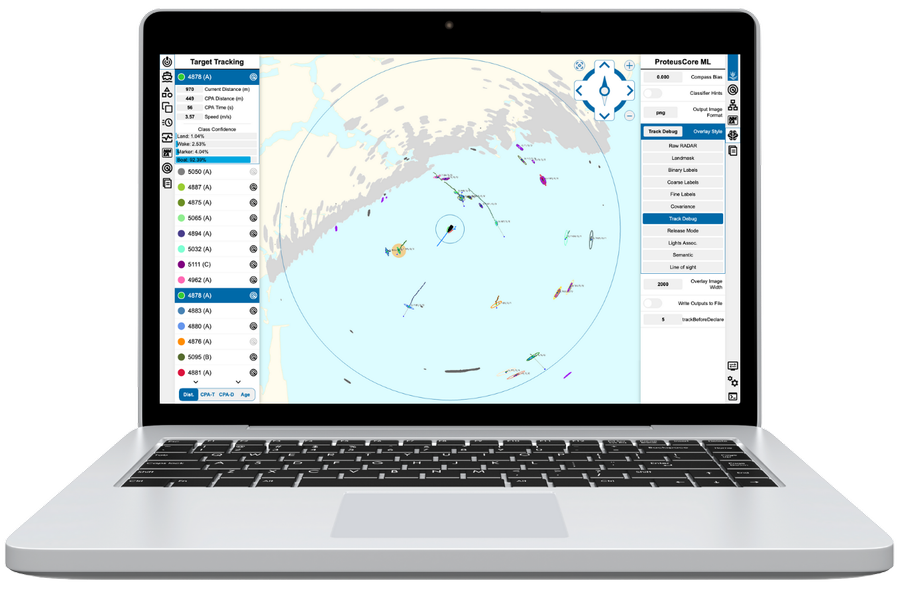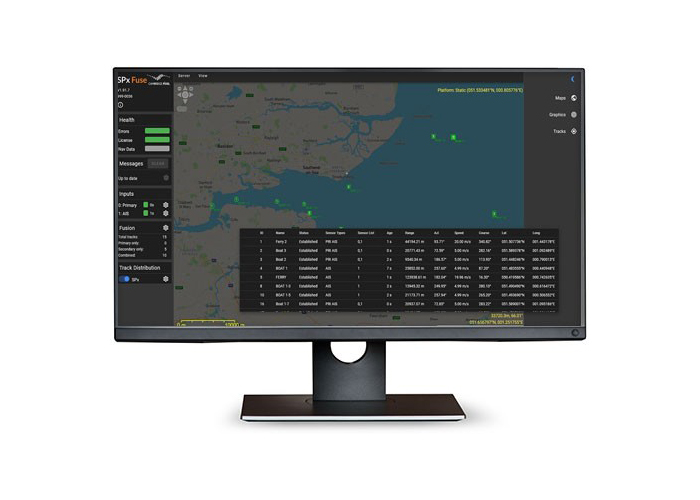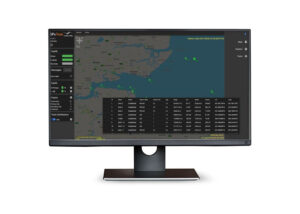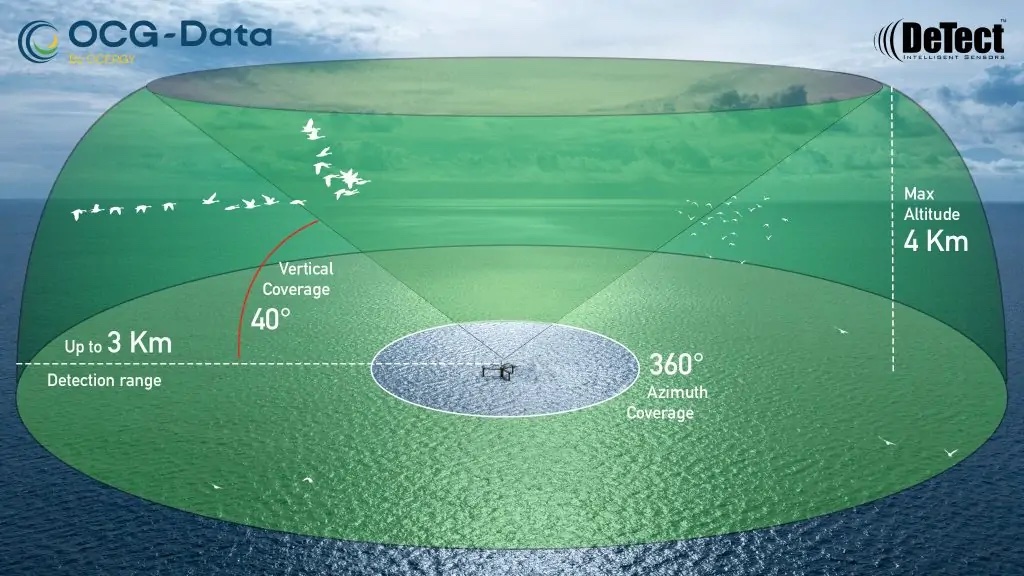Suppliers
Add your company
AI-Driven Radar Processing for Object Classification, Tracking & Marine Autonomy

Cutting-Edge Software & AI Solutions for Enabling Maritime Autonomy At Scale
Radar & Sensor Data Acquisition, Tracking & Display Solutions for Maritime & Offshore Applications
If you design, build or supply Radar Software, create a profile to showcase your capabilities on this page
Products
Radar Software for Visualization & Signal Processing
Understanding Radar Software
Radar software is used to process and analyze radar signals for applications such as surveillance, imaging, and target identification. It refines raw data by reducing noise, enhancing resolution, and applying algorithms like constant false alarm rate (CFAR) detection and polar format processing. These tools support a range of radar systems, including those used in maritime navigation, aerospace operations, and remote sensing.
Key Functions of Radar Software
Radar software is designed to handle a range of tasks, from raw radar signal acquisition to advanced image processing and target tracking. Key capabilities include:
- Radar signal processing: Enhancing raw radar signals by filtering out interference, improving resolution, and optimizing detection accuracy.
- Radar visualization: Presenting radar data through detailed radar screens, enabling operators to track targets in real time.
- Radar image processing: Refining radar images for applications such as SAR and terrain mapping.
- Radar data visualization: Translating complex radar datasets into graphical formats that facilitate interpretation and analysis.
- Target tracking and identification: Implementing radar tracking software to detect and follow objects across different environments.
Applications of Radar Software
Radar software is used across multiple industries and disciplines, including:
- Maritime navigation and surveillance: AIS (automatic identification system) integration allows vessels to combine radar tracking with ship identification for improved situational awareness.
- Maritime collision avoidance: Assisting in navigation by identifying potential obstacles and preventing accidents.
- Aerospace and defense: Identification friend or foe (IFF) and radar sensor processing systems help military and aviation applications differentiate between allied and potential threats.
- Remote sensing and mapping: Synthetic aperture radar (SAR) technology, supported by advanced radar processing techniques, is used for high-resolution imaging of terrain and objects.
- Weather monitoring and atmospheric studies: Radar simulation and radar analysis software help meteorologists study storm patterns, precipitation, and atmospheric conditions.
Advanced Radar Processing Techniques
Modern radar processing leverages specialized algorithms to enhance detection capabilities. Key techniques include:
- Polar format algorithm: Used in SAR imaging, this technique improves resolution and image clarity.
- CFAR (constant false alarm rate) processing: A vital method for reducing false alarms and enhancing target detection in noisy environments.
- Radar tracking software: Used for motion tracking and predictive analysis, ensuring accurate real-time monitoring of moving objects.
Choosing the Right Radar Software
Selecting the right radar tool/software depends on the intended application, whether for defense, scientific research, maritime navigation, or aerospace operations. Critical factors include processing speed, radar screen visualization capabilities, compatibility with radar sensors, and support for advanced radar signal processing techniques.
Optimizing Radar Analysis with Advanced Software
Radar software continues to evolve, integrating cutting-edge signal processing and visualization techniques to enhance accuracy and efficiency.
By leveraging technologies such as SAR imaging, CFAR filtering, and radar data visualization, operators can extract actionable insights from radar signals.
As industries increasingly rely on radar sensor processing systems for surveillance, navigation, and mapping, the role of sophisticated radar analysis software remains indispensable.

















